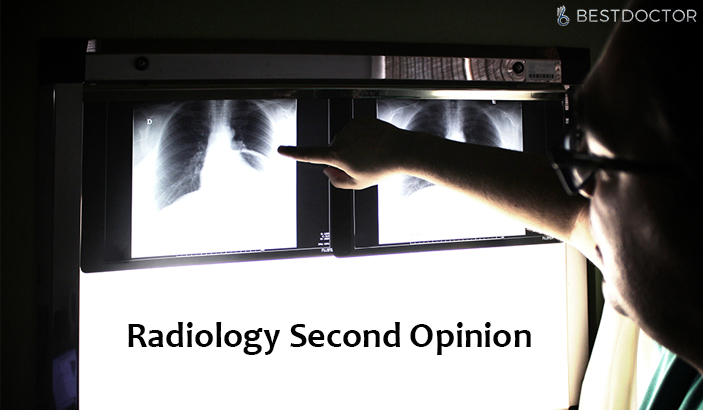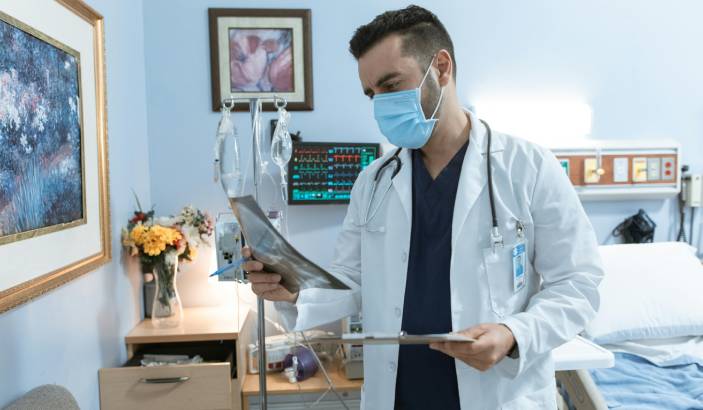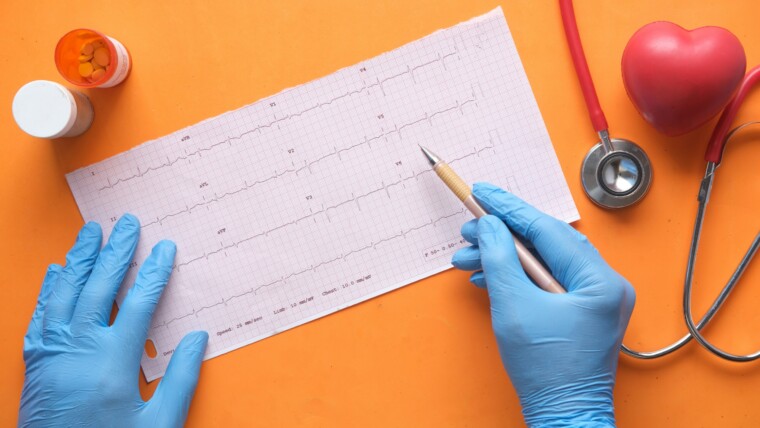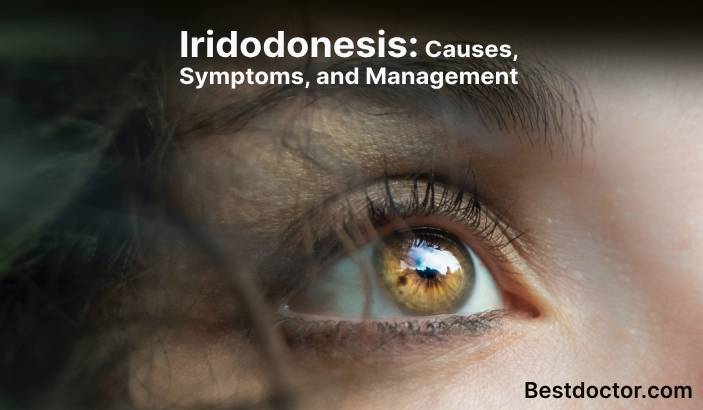The diagnosis and prognosis of your disease and path of treatment are strongly dependent on your imaging reports that include MRI(Magnetic Resonance Imaging), CT(Computerized Tomography) Scans, Mammography, Ultra Sound, X-Ray (Computed Radiography), etc. But, even the most experienced doctors and physicians can make mistakes in diagnosis once in a while.
Therefore, getting a radiology medical second opinion from specialized radiologists is greatly beneficial because it reduces the chances of misdiagnosis by almost 90%. A second opinion provides peace of mind, makes you aware of all possible treatment options and ensures that you have selected the best one.
If you decide to avail radiology second opinion services, a specialized radiologist can look through your imaging reports – MRI, X-Ray scans, CT Scans, etc. to analyze whether invasive and potentially harmful treatment is really necessary in your case. Getting your radiology report cross-checked by a second radiologist helps to eliminate human error. In many cases, even the doctor requests the patient to get a second opinion and it can often result in changes in diagnosis and treatment.
Who Is A Radiologist And What Are The Aspects Of Radiology?
Radiologists are medical doctors or doctors of osteopathic medicine who specialize in the diagnosis and treatment of diseases using medical imaging techniques such as computed tomography (CT), magnetic resonance imaging (MRI), positron emission tomography (PET), x-rays, ultrasound, and nuclear medicine. Just like doctors, radiologists also need to graduate from accredited medical schools, appear for a licensing examination and then complete 4 years of unique post-graduate medical education. Radiologists can also complete a fellowship of specialized training in a subspecialty of radiology – such as cardiovascular radiology, breast imaging or nuclear medicine.
Radiology is an extremely important branch of medicine that deals with ionizing and nonionizing radiation energy and how it is used for the diagnosis and treatment of diseases. This filed is further sub-divided into two sub-fields – diagnostic radiology and interventional radiology.
The imaging techniques are used to create a picture of the inner configuration of a dense object – a part of the human body. Radiology is also known as radioscopy or clinical radiology. Radiology plays a key role in clinical practice in a wide range of medical disciplines. It is the most appropriate and minimally invasive way to diagnose, treat and monitor disease.
A Few Facts About Radiology Second Opinion
According to the National Center for Policy Analysis, approximately 10 to 20% of medical cases are misdiagnosed. Yet another report states that 28% of 583 diagnostic mistakes were life-threatening and had resulted in permanent disability or death.
A recent report from QuantiaMD shows that almost half of the 6400 physicians that they had surveyed had encountered diagnostic errors that included missed, late or wrong diagnosis at least monthly. About two-thirds of them admitted that up to 10% of misdiagnosis has resulted in patient harm.
According to a study released by The Journal of Patient Safety, as many as 440,000 people die from preventable medical errors in hospitals each year. The interpretation error rate for abnormal radiology scans is as high as 33%.
Radiologists at Johns Hopkins who provide the second opinion on CT scans and MRI studies for brain found in a study that 7.7% had serious discrepancies. And when the final diagnosis was made following pathology reports, clinical assessments and another imaging follow-up, the second opinion was right in 84% of cases.
In an analysis of 656 imaging exams by radiologist Young W. Kim, M.D. and colleagues collected over an eight-year period, 1,279 errors were found. Of those errors, 42% were caused due to under-reading, while a failure to comprehensively examine anatomy after seeing abnormalities relevant to the primary diagnosis comprised 22% of the errors.
6 Reasons To Seek Radiology Second Opinion
Many people with cancer or malignant tumors seek a radiology second opinion before undergoing therapy or surgery for the following reasons:
If Your Radiologist Is Not A Specialist
If your first radiologist was not a specialist in a particular field of radiology such as breast imaging then it may be a wise decision to seek the second opinion from a radiology subspecialist. A subspecialist has the expertise that comes from dealing with cases and keeping up-to-date with the latest research.
Detect Abnormalities Missed During The First Review
A radiology second opinion can detect the subtle abnormalities that may have been overlooked during the first view of the report. These missed details can provide additional information about your condition.
Your Doctor Is Uncertain About The Type or Stage Of Cancer You Have
Imaging test results (mammography, MRI, ultrasound) and pathology test results (tests performed on the breast cancer tissue) are not 100% conclusive at all times. If your doctor expresses any confusion or uncertainly about your radiology test results then it is best to get a second opinion from another radiologist.
You Have Trouble Understanding or Communicating With Your Doctor
If you face trouble in communicating with your doctor or if you want your radiology report to be reviewed and explained by another specialist then you should seek a second opinion from another radiologist or take online medical suggestion from radiology specialist.
Your Doctor Recommend Getting A Second Opinion
In certain complex and rare cases, when the doctor is uncertain about the diagnosis, he might suggest the patient get a medical second opinion from a subspecialist radiologist. Fresh inputs from an experienced subspecialist are always welcome because they are trained to seeing and understanding the subtleties in the images.
If You Doubt The Accuracy Of The First Opinion
If you feel that there is no improvement in your condition from the treatment you are receiving based on your initial radiology reports then you should get your reports reviewed by another radiologist to confirm the diagnosis. It will also help to explore other treatment options.
With the advancement of modern technology, getting a medical second opinion from a specialized radiologist is not a big deal. If you can’t visit a radiologist in person or can’t then you can always opt for a radiology online medical second opinion from any authorized second opinion services provider. You can get your imaging reports reviewed by experienced radiology sub-specialists while sitting in the comfort of your home.
[cl-review quote=”Medically Reviewed By” author=”Dr. Kaushal M. Bhavsar (MBBS, MD)” occupation=”Assistant Professor in Pulmonary Medicine, GMERS Medical College, Ahmedabad” avatar_image=”1325″ source=”url:https%3A%2F%2Fwww.linkedin.com%2Fin%2Fdr-kaushal-bhavsar-a8137355%2F|target:_blank”]








Why Indian Doctors Are Chosen By The UK NHS?
Norovirus – Symptoms, Treatment & Precautions
Understanding Normal Resting Heart Rate in Men and Women
5 Things to Learn about a Dentist before Choosing Them